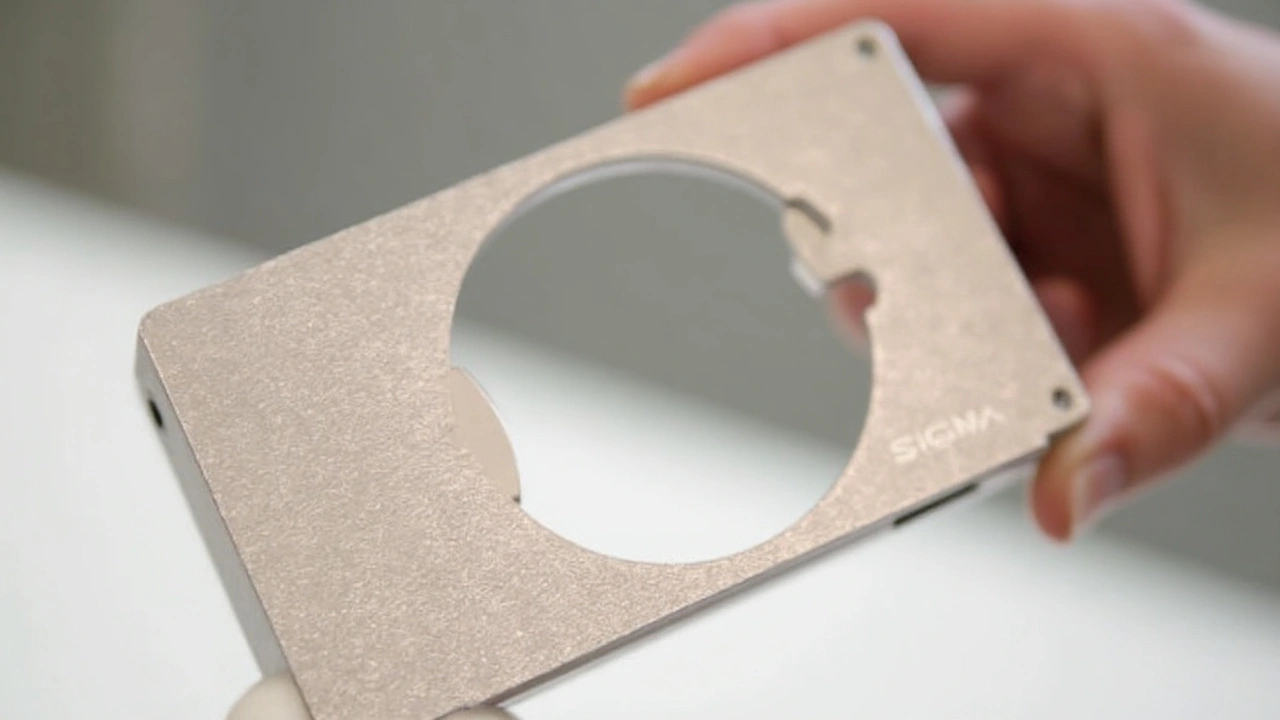Camera Production Made Simple: Tips, Gear and Trends
Got a story to tell but not sure how to get the right footage? You’re in the right spot. In this guide we break down the basics of camera production, share gear picks that won’t break the bank, and give you a few workflow hacks that keep your shoot moving fast.
Choosing the Right Camera for Your Project
First thing’s first – the camera. Most beginners think they need a Hollywood‑level cinema camera right away, but that’s rarely the smartest move. Ask yourself three quick questions: What is your budget? Where will you shoot – indoors, outdoors, low‑light? And how much footage do you need to edit?
If you’re working on a short documentary or a social‑media series, a mirrorless camera like the Sony A7 IV or the Canon EOS R6 gives you 4K video, great low‑light performance and interchangeable lenses without the weight of a full‑size cinema rig. For tight budgets, the Panasonic GH5 II or even a high‑end smartphone can do the job if you pair them with proper lighting and a good external mic.
When you can stretch the budget, look at Super 35‑size cameras such as the Blackmagic Pocket Cinema Camera 6K or the Sony FX30. They deliver cinematic depth of field and are compatible with a wide range of lenses – perfect for a look‑feel upgrade without jumping into the $20k range.
Streamlining Your Production Workflow
Great footage means nothing if you spend weeks digging through files. Here are three habits that slash post‑production time:
- Set up a consistent naming system. Tag each clip with project code, date and scene number – for example, "CAM01_20240908_S01_E02". A simple pattern saves hours when you’re searching for that one perfect shot.
- Use proxy files on set. Record a low‑resolution proxy alongside your main footage. Your editing software can swap the proxy for the full‑res file later, letting you cut quickly on a laptop without lag.
- Backup instantly. A portable SSD and a cloud folder (Google Drive or OneDrive) give you two copies of every card. One backup on the SSD, another uploaded while you’re still on location – no lost data nightmares.
Another tip is to lock your audio early. Even a basic shotgun mic like the Rode NTG‑5, paired with a portable recorder, captures clean sound that saves you from expensive ADR sessions later.
Finally, think about lighting as part of your camera kit. LED panels such as the Aputure Amaran series are battery‑friendly and give you consistent color temperature – a big win for outdoor shoots where the sun keeps changing.
Whether you’re a student filmmaker in Nairobi, a content creator in Lagos, or a freelance videographer in Johannesburg, the same principles apply: pick gear that matches your story, keep your files tidy, and protect your audio. Stick to these basics and you’ll see smoother shoots, faster edits, and better results without needing a massive crew.
Ready to upgrade? Start by listing what you already have, match it against the questions above, and fill the gaps with one piece of gear at a time. Your next great video is just a few smart choices away.

22
Jul
Sigma’s BF camera is shaping up to be the ultimate collector's piece, with production capped at just nine units per day due to a careful, hands-on manufacturing approach in Japan. Packed with advanced features and minimalist design, only 2,000 units will exist worldwide by April 2025. Here’s why this camera is making waves among enthusiasts.
Read More
